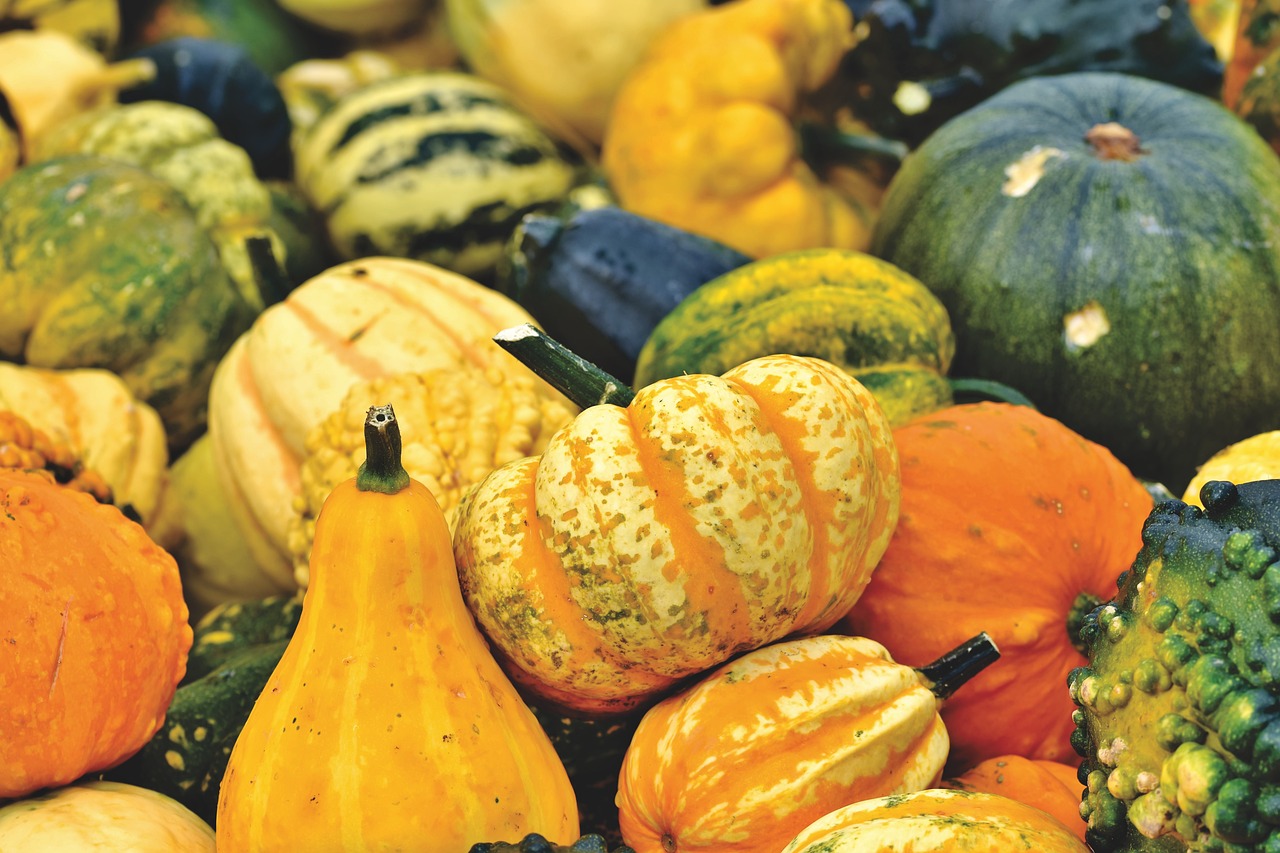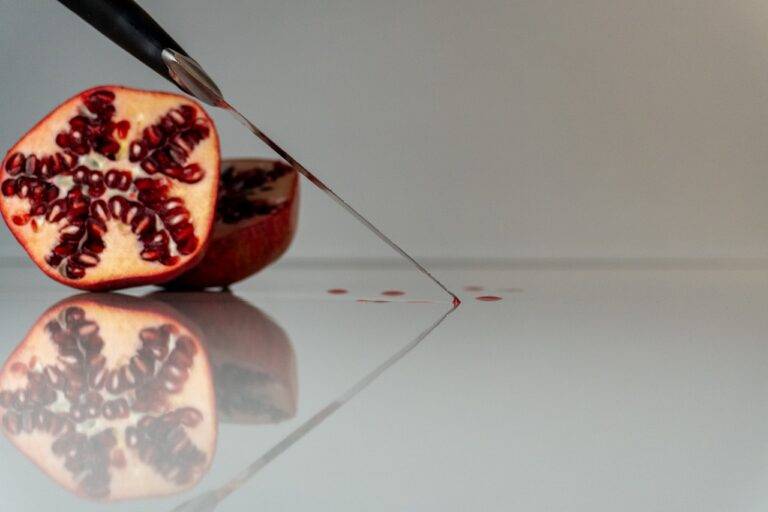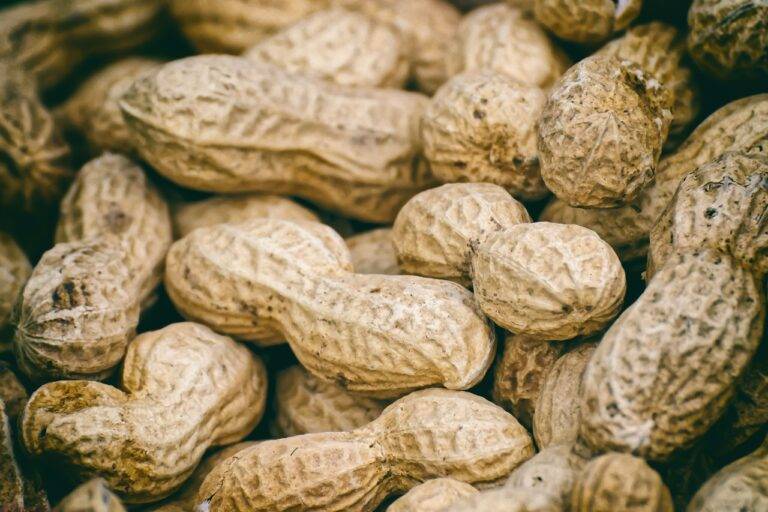Exploring the World of Sustainable Hydroponic Farming
Hydroponic farming offers a range of benefits that make it an attractive option for sustainable agriculture. One key advantage is the efficient use of water – hydroponic systems use up to 90% less water than traditional soil-based farming methods. This conservation of water is crucial in regions facing water scarcity or drought conditions, making hydroponic farming a more sustainable choice for food production.
Additionally, hydroponic farming allows for year-round cultivation and increased crop yields. By providing a controlled environment for plant growth, hydroponic systems can produce crops faster and in greater quantities compared to traditional farming methods. This not only increases food production but also reduces the need for large areas of land, making hydroponic farming a space-efficient and sustainable solution for growing fresh produce.
Key Components of a Hydroponic System
In a hydroponic system, one key component is the reservoir, which holds the nutrient solution that feeds the plants. This reservoir needs to be opaque to prevent algae growth and equipped with a pump to ensure proper circulation of the nutrient solution. Additionally, an airstone or air pump is essential to oxygenate the nutrient solution, promoting healthier root growth for the plants.
Another crucial component of a hydroponic system is the growing tray or container where the plants are housed. This tray should be sturdy enough to support the plant’s weight as it grows and should have drainage holes to prevent waterlogging. To provide support for the plants, a growing medium such as perlite, coconut coir, or rockwool is used in the tray, allowing the roots to securely anchor and access the nutrient solution.
Types of Hydroponic Growing Mediums
There are various types of growing mediums that can be used in hydroponic systems to support plant growth. One common option is rockwool, which provides excellent aeration and moisture retention for the roots. Another popular choice is perlite, a lightweight medium that helps with water drainage and aeration. Coco coir is also frequently used due to its ability to retain moisture while still providing good aeration.
Clay pellets are another option for hydroponic growing mediums, offering stability for plant roots and good drainage. Growstones, made from recycled glass, are a sustainable choice that provides optimal aeration and drainage for plants. Additionally, gravel can be used as a growing medium in hydroponic systems, offering stability for root systems and good drainage capabilities.





